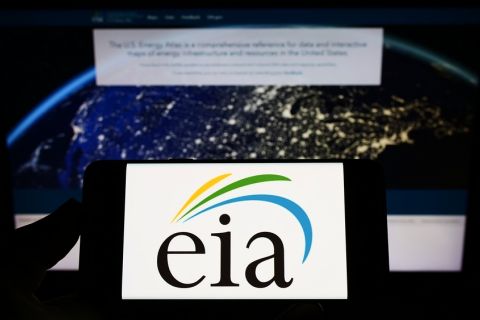Editor's note: This article originally appeared on EnerKnol. Subscribe here.
The Maryland General Assembly approved a bill on April 8 that would raise the state's renewable portfolio standard to 50% by 2030 from 25% by 2020.
The measure would require a study to create a comprehensive plan to achieve a 100% goal by 2040. The legislation adds to the growing list of state-level clean energy commitments. New Mexico recently enacted a law requiring a transition to zero-carbon electricity by 2045, joining California, Hawaii, and Washington, D.C that have committed to 100% clean energy.
The bill includes a 14.5% carve-out for solar energy, up from the existing level of 2.5%. The legislation would also require new offshore wind capacity, beginning with at least 400 megawatts in 2026, increasing to 800 megawatts in 2028, and 1,200 megawatts in 2030, and create new application periods for future offshore wind projects under a "Round 2" process.
The requirement for tier 2 resources, which expired last year, would be re-established at 2.5% in 2019 and 2020. The tier includes large hydroelectric plants.
EnerKnol is a provider of regulatory data, analytics, and tracking software for North American energy markets.
Recommended Reading
Imperial Expects TMX to Tighten Differentials, Raise Heavy Crude Prices
2024-02-06 - Imperial Oil expects the completion of the Trans Mountain Pipeline expansion to tighten WCS and WTI light and heavy oil differentials and boost its access to more lucrative markets in 2024.
US Gulf Coast Heavy Crude Oil Prices Firm as Supplies Tighten
2024-04-10 - Pushing up heavy crude prices are falling oil exports from Mexico, the potential for resumption of sanctions on Venezuelan crude, the imminent startup of a Canadian pipeline and continued output cuts by OPEC+.
EIA: Oil Prices Could Move Up as Global Tensions Threaten Crude Supply
2024-02-07 - Geopolitical tensions in the Middle East and ongoing risks that threaten global supply have experts questioning where oil prices will move next.
The Secret to Record US Oil Output? Drilling Efficiencies—EIA
2024-03-06 - Advances in horizontal drilling and fracking technologies are yielding more efficient oil wells in the U.S. even as the rig count plummets, the Energy Information Administration reported.
What's Affecting Oil Prices This Week? (March 11, 2024)
2024-03-11 - Stratas Advisors expects oil prices to move higher in the middle of the year, but for the upcoming week, there is no impetus for prices to raise.




